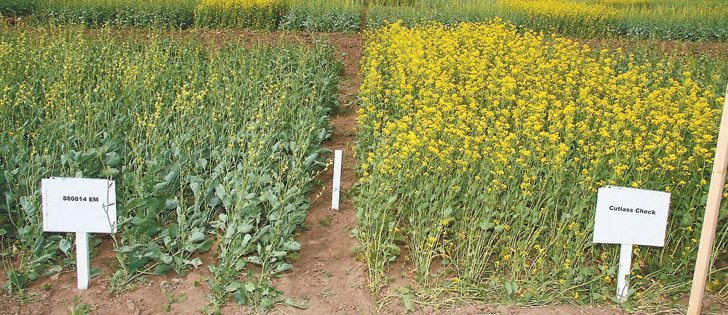A 60-year trend was broken in the most recent Canadian census data when rural Saskatchewan showed positive growth for the first time since 1951.
Statistics Canada data shows census rural areas in the province recorded a population growth of one percent for the period 2006-11, reversing the longstanding downward trend.
The census defines rural areas as having fewer than 1,000 residents and a population density below 400 people per sq. kilometre.
However, while numbers show one trend reversing, another is continuing, said Ray Bollman, former chief of Statistic Canada’s rural research group.
Read Also

Rural Manitoba resources slim on natural disaster planning
A study from Brandon University’s Rural Development Institute has found that many rural and small municipalities don’t have the staff or resources to make formal climate plans against natural disaster.
“Saskatchewan is exporting more grain and oilseeds now than ever, but every year they do it with fewer and fewer people,” he said.
“If a community is specialized in grain and oilseed production, the population is going to go down because the workforce is going down, and then the community has to find something new to export.”
An examination of the numbers shows that growth remains regionalized.
“That’s the general theme across Canada,” said Bollman.
“Big cities grow more than small cities. Small cities grow more than rural and then within rural, if you’re beside a city, you grow more than if you’re away from a city.”
He said rural populations have grown across Canada, but that’s coming from small communities within commuting range of cities and in remote First Nation or resource-driven communities.
The same holds true for Saskatchewan, which in the 2011 data had a population of 1,033,381 with 343,398 rural residents.
Using another measure — the Organization for Economic Co-operation and Development’s predominantly rural region — rural Saskatchewan accounts for 51 percent of the population, but even that’s down from 54 percent in 1996.
The numbers create a dilemma for statisticians, he told members of the Saskatchewan Economic Development Association.
While rural populations are growing in the country, they make up an increasingly smaller portion of the country’s population.
“Successful rural development means that over time you get reclassified to urban,” he said.
“So you start with lots of rural people … and in almost every period there’s growth and you end up with fewer people in 2011.”
Bollman said nine census consolidated subdivisions in Saskatchewan experienced multiple periods of growth from 1981 to 2011, but the list was dwarfed by another showing subdivisions with no growth.
“Part of it is towns within the commuting zone of Saskatoon and Regina, but the other part is the oil patch,” he said.
The lists tell a positive story for the province’s larger centres and a different one for communities such as Assiniboia, Yorkton, Melfort and Nipawin, which have lost population in at least 14 of the last 15 years.














